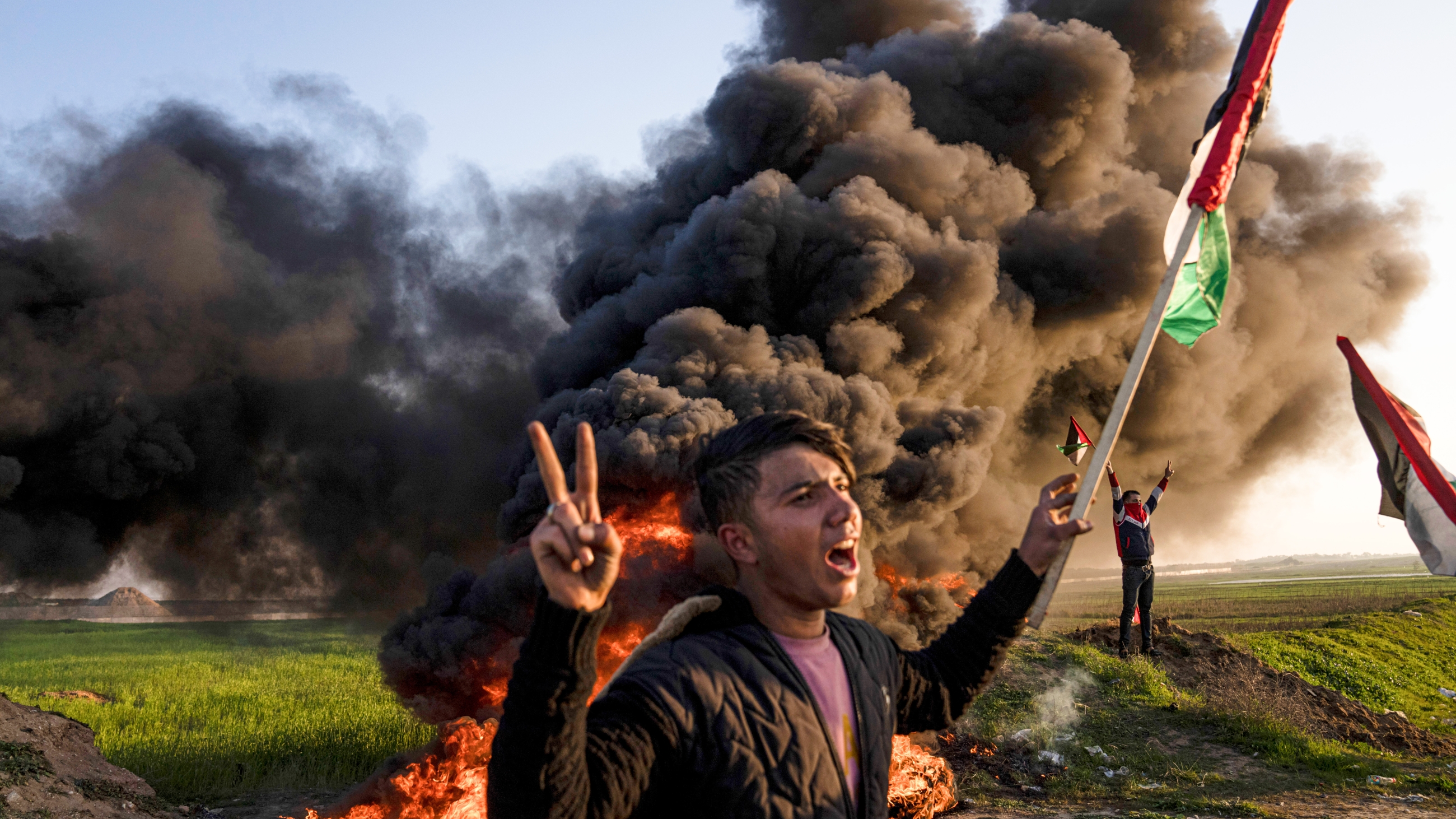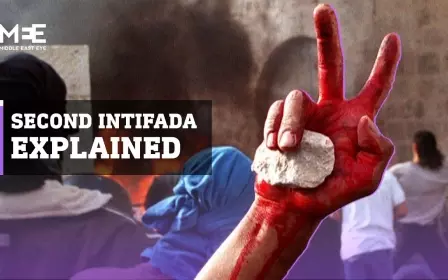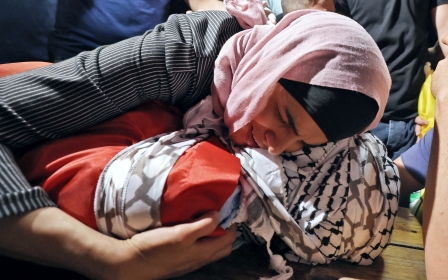Israel-Palestine: CIA chief warns current tensions resemble Second Intifada

The CIA director has warned it will be a big challenge to prevent "explosions of violence" between Israelis and Palestinians amid tensions that bear a "resemblance" to the Second Intifada.
William Burns made his remarks after returning from a trip to Israel and the occupied West Bank last week, where he held talks with leaders on both sides that left him "concerned".
"I was a senior US diplomat 20 years ago during the Second Intifada, and I’m concerned - as are my colleagues in the intelligence community - that a lot of what we’re seeing today has a very unhappy resemblance to some of those realities that we saw then too," Burns said during an interview at the Georgetown School of Foreign Service in Washington on Thursday.
He added that the CIA is working with Israeli and Palestinian security services to prevent "explosions of violence" but admitted that it’s "going to be a big challenge".
"The conversations I’ve had with Israeli and Palestinian leaders left me quite concerned about the prospects for even greater fragility and even greater violence between Israelis and Palestinians," he said.
New MEE newsletter: Jerusalem Dispatch
Sign up to get the latest insights and analysis on Israel-Palestine, alongside Turkey Unpacked and other MEE newsletters
'A lot of what we're seeing today has a very unhappy resemblance to some of those realities that we saw then [Second Intifada] too'
- William Burns, CIA director
Israeli forces have killed 42 Palestinians in the occupied West Bank and East Jerusalem this year so far, continuing a trend of growing lethal policy since last year.
In 2022, at least 220 people died in Israeli attacks across the occupied territories, including 48 children. At least 167 were from the West Bank and East Jerusalem.
Meanwhile, Palestinians killed 30 Israelis, including one child, the highest death toll since 2008.
The renewed Israeli violence comes as the military increases operations in the West Bank and Palestinian armed resistance makes a resurgence.
In December, UN experts condemned Israel for the record violence last year, and warned that 2023 could witness a higher number of casualties.
"Unless Israeli forces abandon this dominant settler mindset and rightfully treat Palestinians in the occupied territory as protected persons, Israel's deplorable record in the occupied West Bank will likely deteriorate further in 2023," they said.
The death tolls of 2022 make it the most violent year in the West Bank since 2005, the year many consider the end of the Second Intifada.
Back then, Palestinian armed resistance in the West Bank was stifled under the leadership of the Palestine Authority's President Mahmoud Abbas.
However, the PA's security control of certain areas in the West Bank has been challenged in 2022, with the emergence of several semi-organised armed groups, most notably the Jenin Brigades and the Lions' Den in Nablus.
The Second Intifada was a Palestinian armed uprising against the Israeli occupation, sparked by the provocative incursion into Al-Aqsa Mosque by then-leader of the opposition Ariel Sharon in 2000.
In the aftermath, Israel launched its biggest military offensive in the West Bank, to clamp down on Palestinian resistance and attacks which involved a series of deadly suicide bombings in Israeli cities.
More than 3,000 Palestinians and 1,000 Israelis were killed between 2000-2005.
Middle East Eye delivers independent and unrivalled coverage and analysis of the Middle East, North Africa and beyond. To learn more about republishing this content and the associated fees, please fill out this form. More about MEE can be found here.




